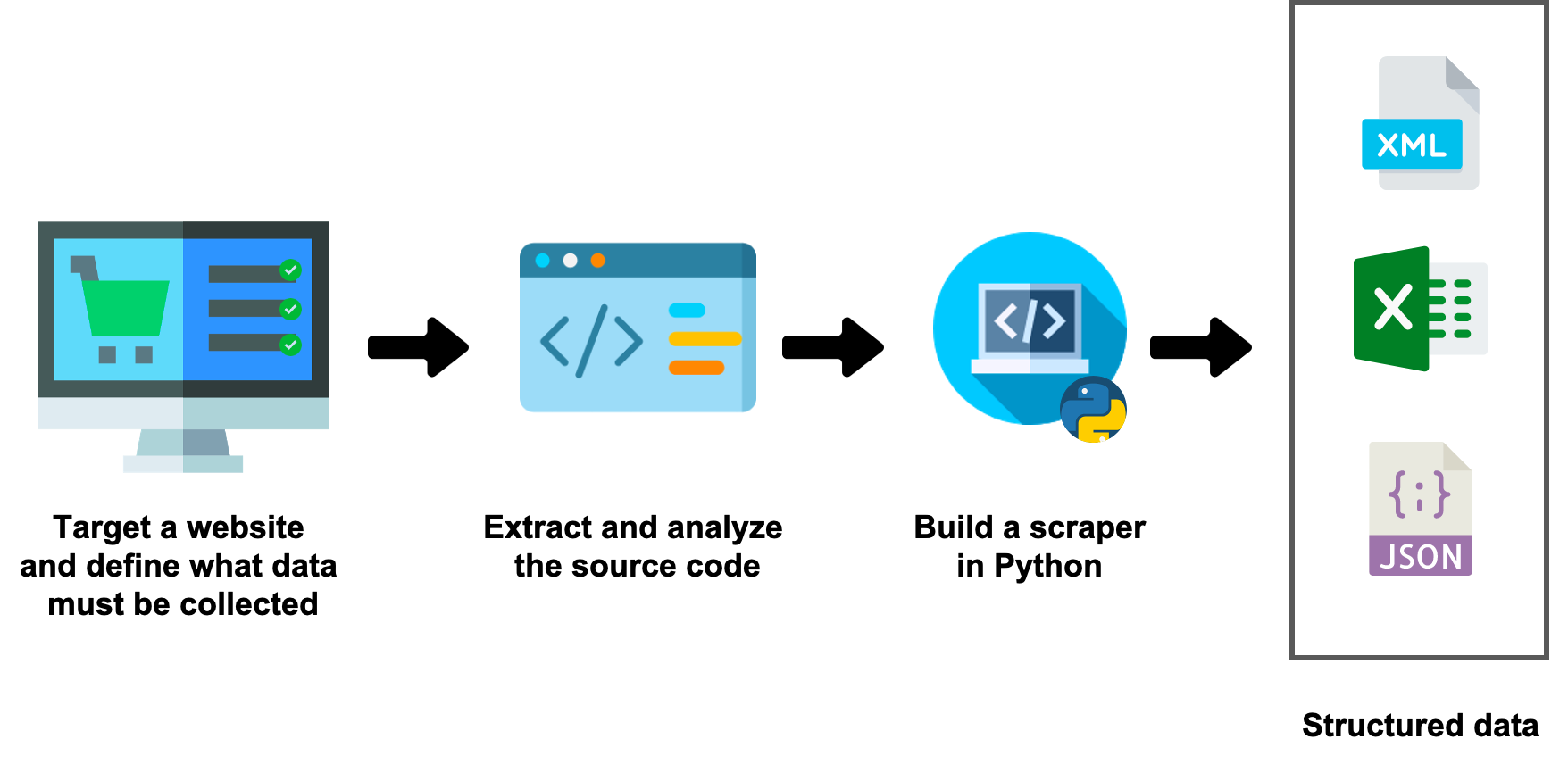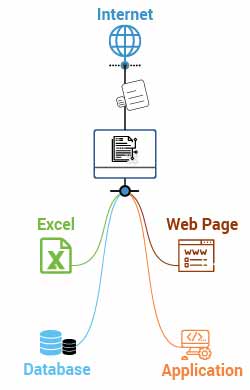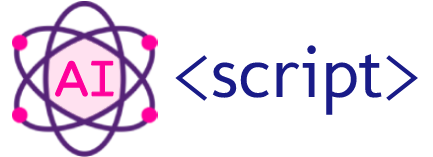Let's Connect +91-8200-473-763
Data Extraction & Data Scraping

Data extraction and data scraping refer to the process of gathering information from various sources, such as websites, documents, or databases. Data extraction involves extracting specific data points or structured information from a source, while data scraping involves extracting unstructured or semi-structured data. These techniques automate the retrieval of data, saving time and effort.
Empowering Your Business with Advanced Data Extraction and Scraping
Data Crawling and scraping is a fundamental step in data analysis and helps organizations gain valuable insights, make informed decisions, and derive actionable intelligence from their data assets. It is often the initial step in the broader data management and analytics process.
In technical terms, data extraction involves the implementation of algorithms and techniques to query, scrape, parse, or read data from the specified sources. The extraction process may include utilizing APIs, web scraping tools, database queries, or OCR (Optical Character Recognition) to capture data accurately and efficiently.
Automated retrieval of data through extraction and scraping methods
Extracted data can be used for various purposes, including analysis, research, business intelligence, and decision-making. Data extraction and scraping enable businesses to access valuable insights, streamline processes, and make data-driven decisions to stay competitive in today's data-driven landscape.
Key Benefits:
(1) Data Collection Efficiency: Efficient retrieval of valuable insights from vast amounts of data.
(2) Data Accuracy: By automating the extraction process, human errors associated with manual data entry are minimized, leading to improved data accuracy and reliability.
(3) Time and Cost Savings: Automated data extraction reduces the need for manual labor, saving time and costs associated with data collection and entry.
(4) Real-time Data Updates: Data extraction tools can be scheduled to run at regular intervals, ensuring that the collected data is up-to-date and reflects the most recent information.
(5) Data Integration: Extracted data can be integrated with existing databases or data warehouses, facilitating a unified view of information and enabling comprehensive analysis.

Solutions we offer
- Website data extraction
- Daily updates - Web-data to Google sheet
- Daily updates - Emails setup
- Automation tool developement
- Daily Jobs postings monitoring
- Daily Product Price Tracking
- Data from website into Excel
- Data scraping from Business directories
- Properties extraction from Real-Estate sites
- Product List / Information extraction
- Product Information monitoring
- Automation and integration of data sources
- Scraping Leads / List Building
- Competitor Pricing / Update monitoring
- Extracting data from Google Map
- Contact information extraction
- Job portals data extraction
- Instagram Data scraping
- News and press release extraction
- Govt. records (Public)
- Scrape images from website
- Extract data from PDF
